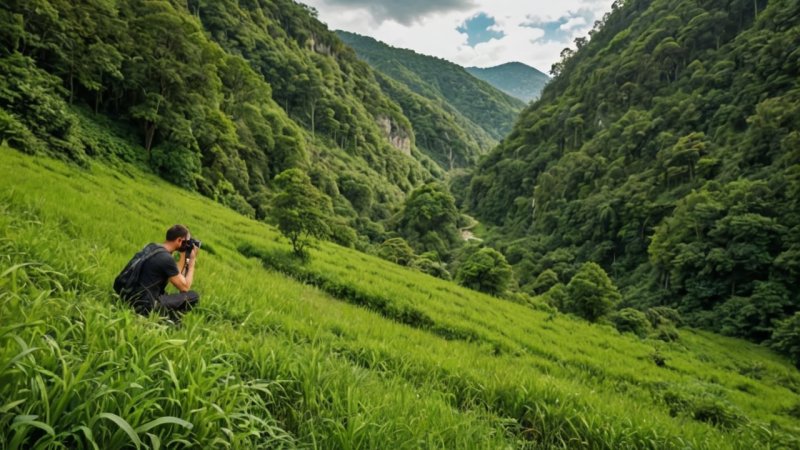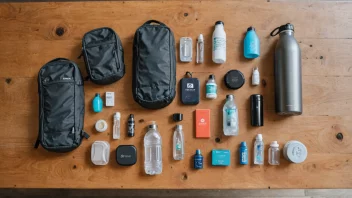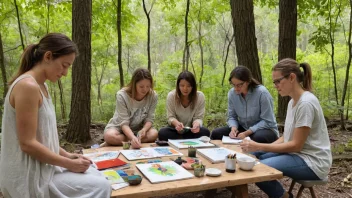In today's world, the importance of sustainable practices while traveling cannot be overstated. With a growing awareness of environmental issues, travelers are increasingly seeking ways to minimize their impact on the planet. To explore this topic, we conducted a fictional interview with Dr. Clara Green, a renowned environmental photographer and sustainability advocate. Dr. Green has spent over a decade traveling the globe, capturing breathtaking images while promoting eco-friendly practices. Her insights provide valuable guidance for anyone looking to combine their love for photography with a commitment to sustainability.
Understanding Sustainable Photography
Interviewer: Dr. Green, can you explain what sustainable photography means to you?
Dr. Green: Absolutely! Sustainable photography is about capturing images in a way that respects the environment and the communities we visit. It involves being mindful of our actions and the impact they can have on the natural world. This means choosing eco-friendly practices, minimizing waste, and considering the cultural significance of the places we photograph.
Choosing Eco-Friendly Locations
Interviewer: How can photographers choose destinations that align with sustainable practices?
Dr. Green: One of the first steps is to research locations that prioritize conservation and sustainability. Many national parks and protected areas have guidelines for visitors that promote responsible tourism. Look for destinations that engage in eco-tourism, where local communities benefit from tourism and conservation efforts. Additionally, consider the carbon footprint of your travel. Opt for closer destinations whenever possible or utilize public transport to reduce emissions.
Responsible Behavior During Photoshoots
Interviewer: What are some practical ways to be responsible while taking photos in nature?
Dr. Green: It's crucial to follow the "Leave No Trace" principles. This means not disturbing wildlife or their habitats and sticking to marked trails to prevent damaging sensitive ecosystems. Always ask for permission before photographing people, especially in local communities, and be respectful of their cultural practices. Additionally, avoid using props or materials that could harm the environment, such as single-use plastics.
Editing and Sharing Images Ethically
Interviewer: Once the photos are taken, how can photographers ensure they share their work responsibly?
Dr. Green: When editing, be honest about the representation of a place. Misleading images can create unrealistic expectations and lead to over-tourism. It's also important to credit local communities and conservation efforts in your captions. Sharing stories about the places you photograph can raise awareness and encourage others to travel thoughtfully.
Incorporating Personal Values
Interviewer: How can photographers align their personal values with their work?
Dr. Green: Every photographer has the power to tell stories that matter. By choosing to focus on environmental issues or showcasing communities working towards sustainability, you can inspire change. Collaborate with local organizations to highlight their efforts and support causes that resonate with you. Your unique perspective can make a significant impact.
Continuous Learning and Adaptation
Interviewer: Lastly, how can photographers continue to learn and adapt their practices over time?
Dr. Green: Sustainability is an ever-evolving field. Stay informed by following environmental news, attending workshops, and engaging with other photographers who prioritize eco-friendly practices. Seek feedback on your work and be open to changing your approach. Remember, every little effort counts, and small changes can lead to significant impacts.
In conclusion, sustainable photography is not just about the images we capture; it’s about the stories we tell and the impact we have on the planet. By following Dr. Clara Green’s advice, photographers can contribute to preserving the beauty of our world while inspiring others to travel responsibly.






